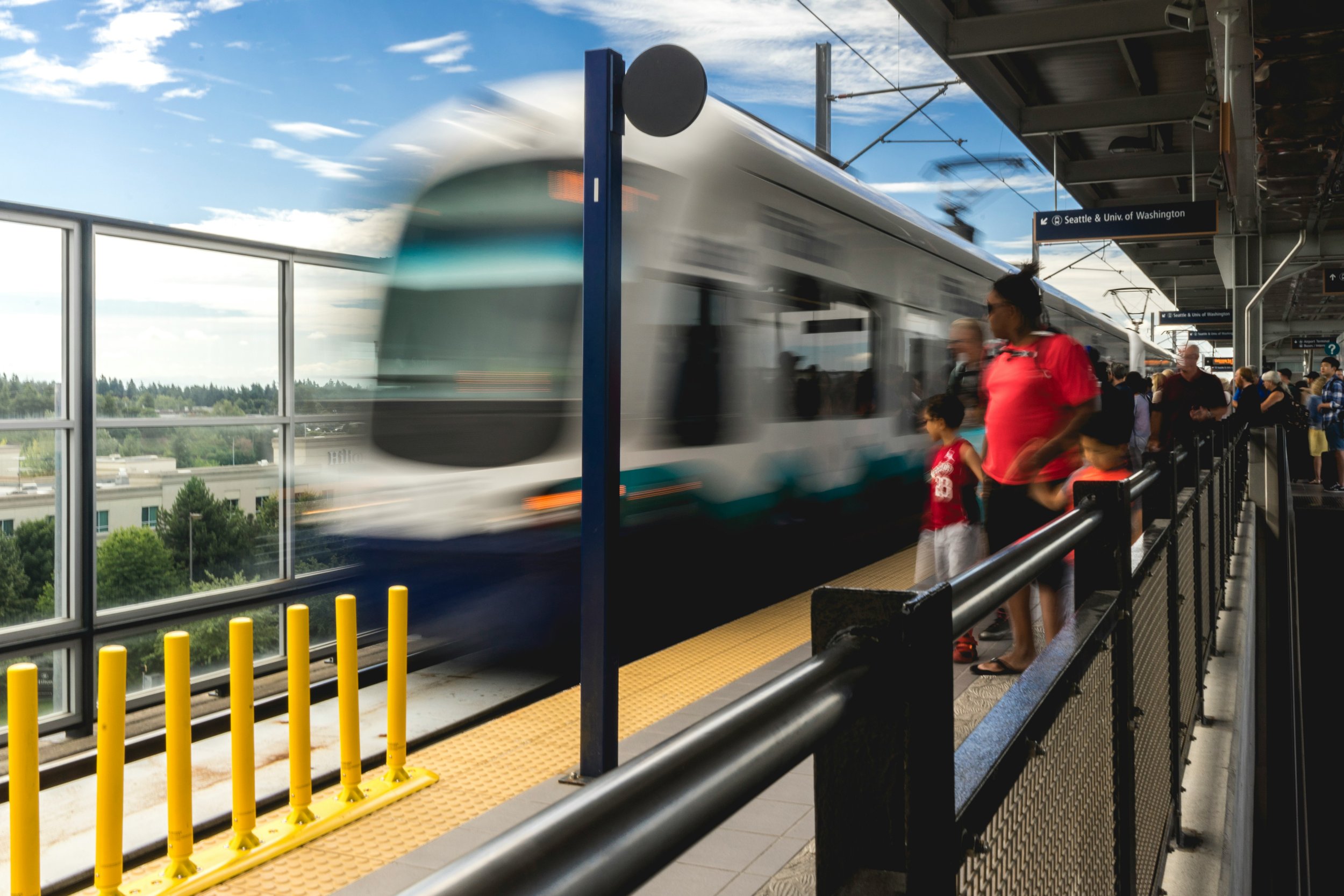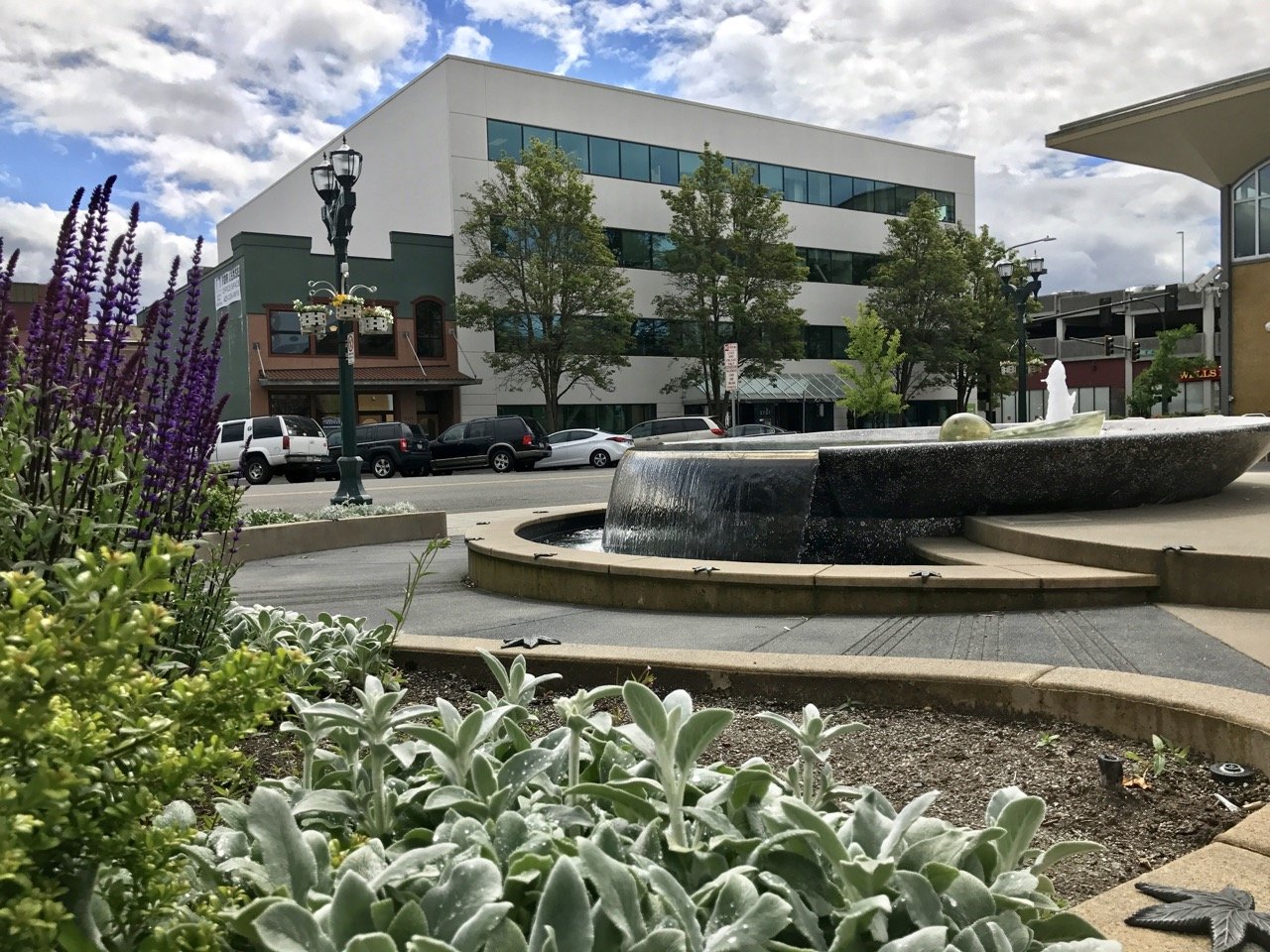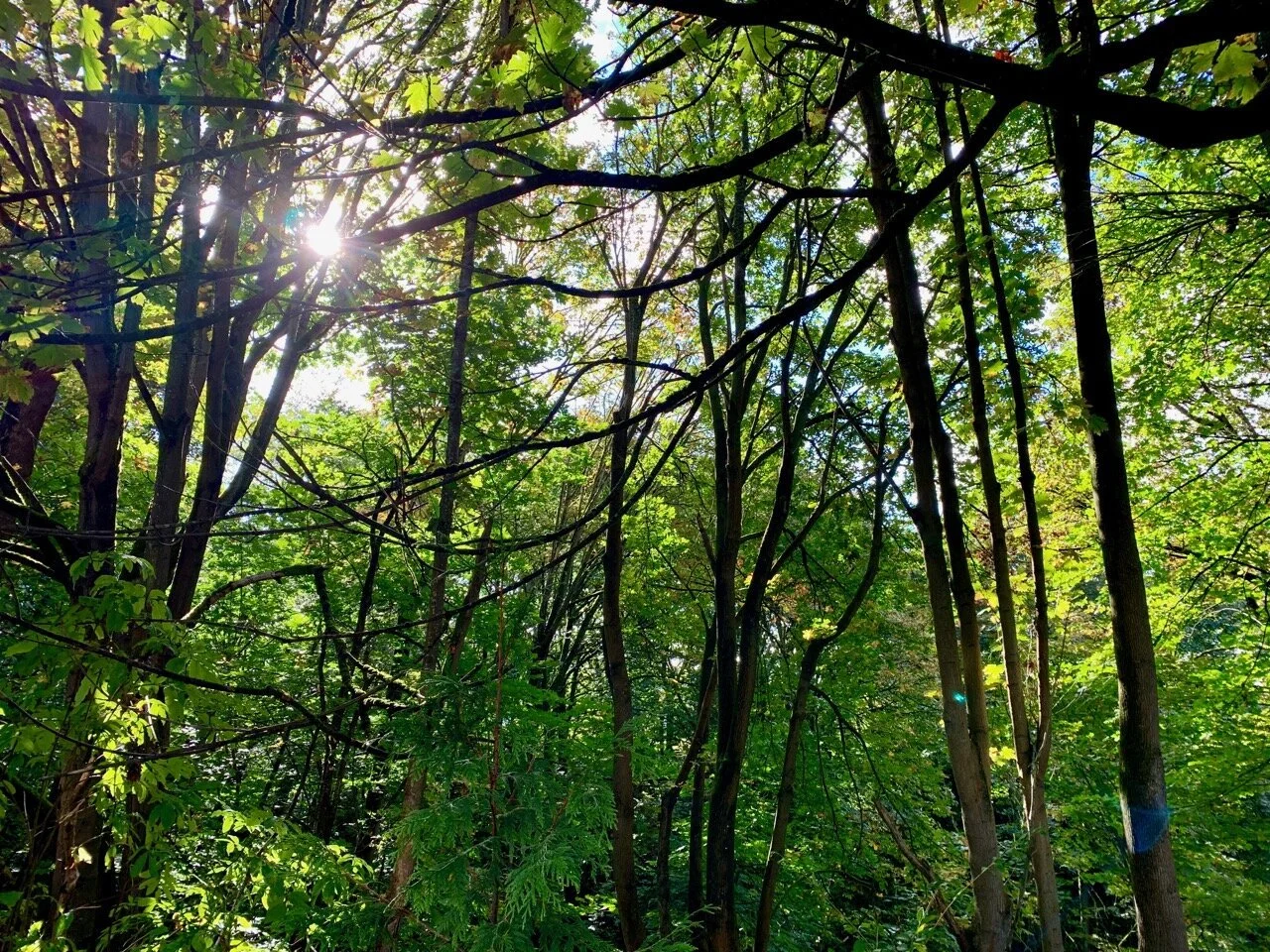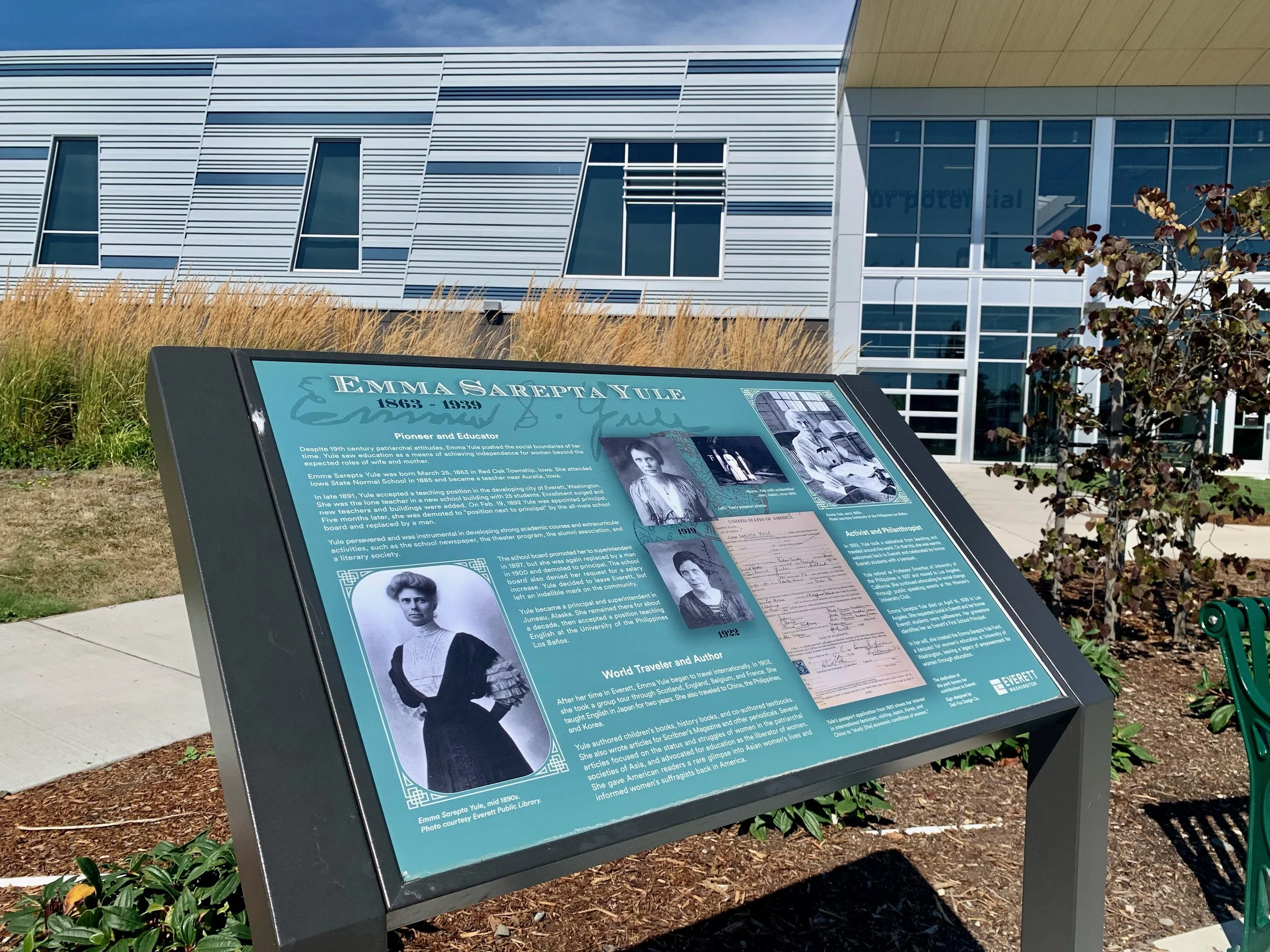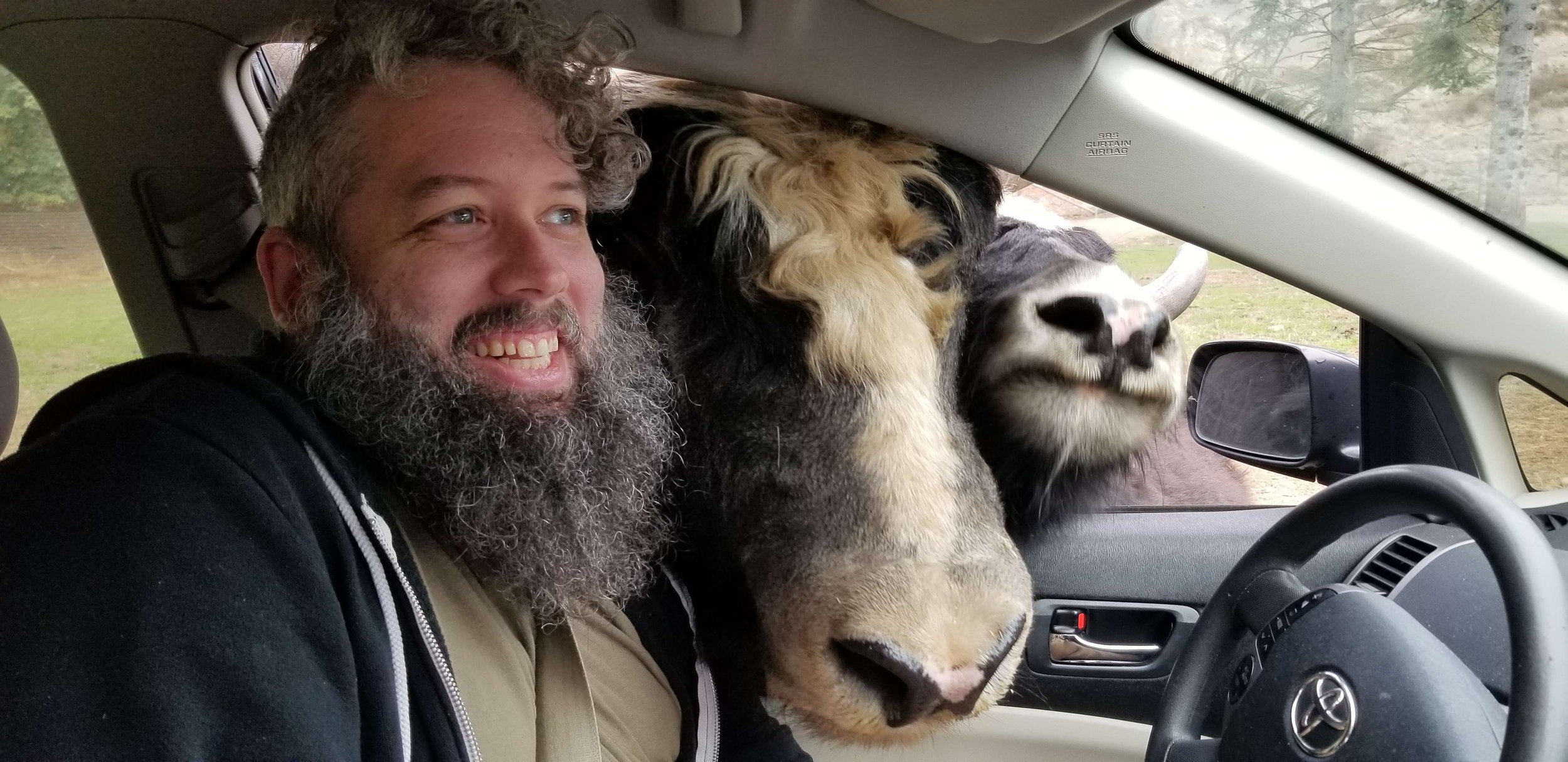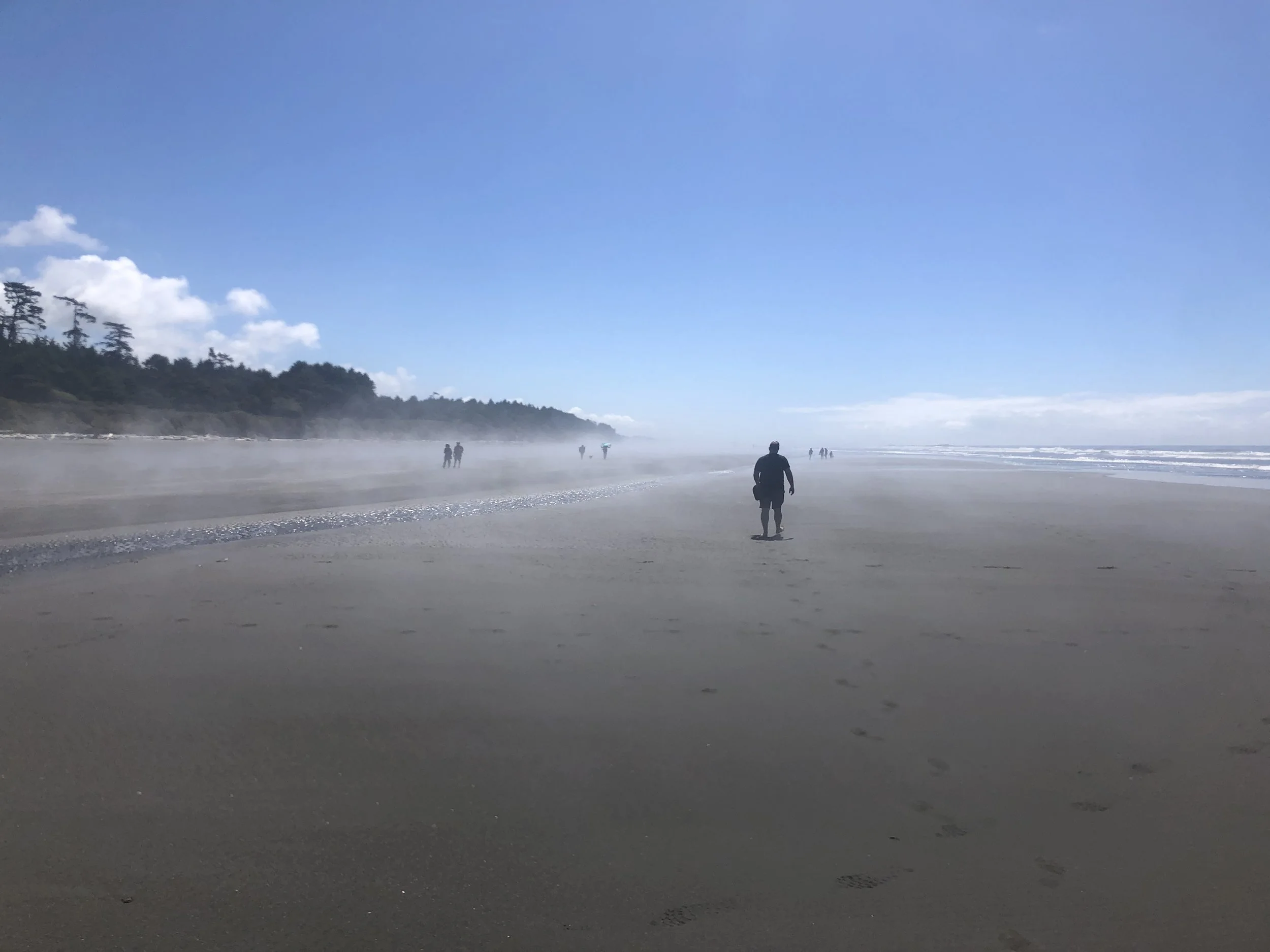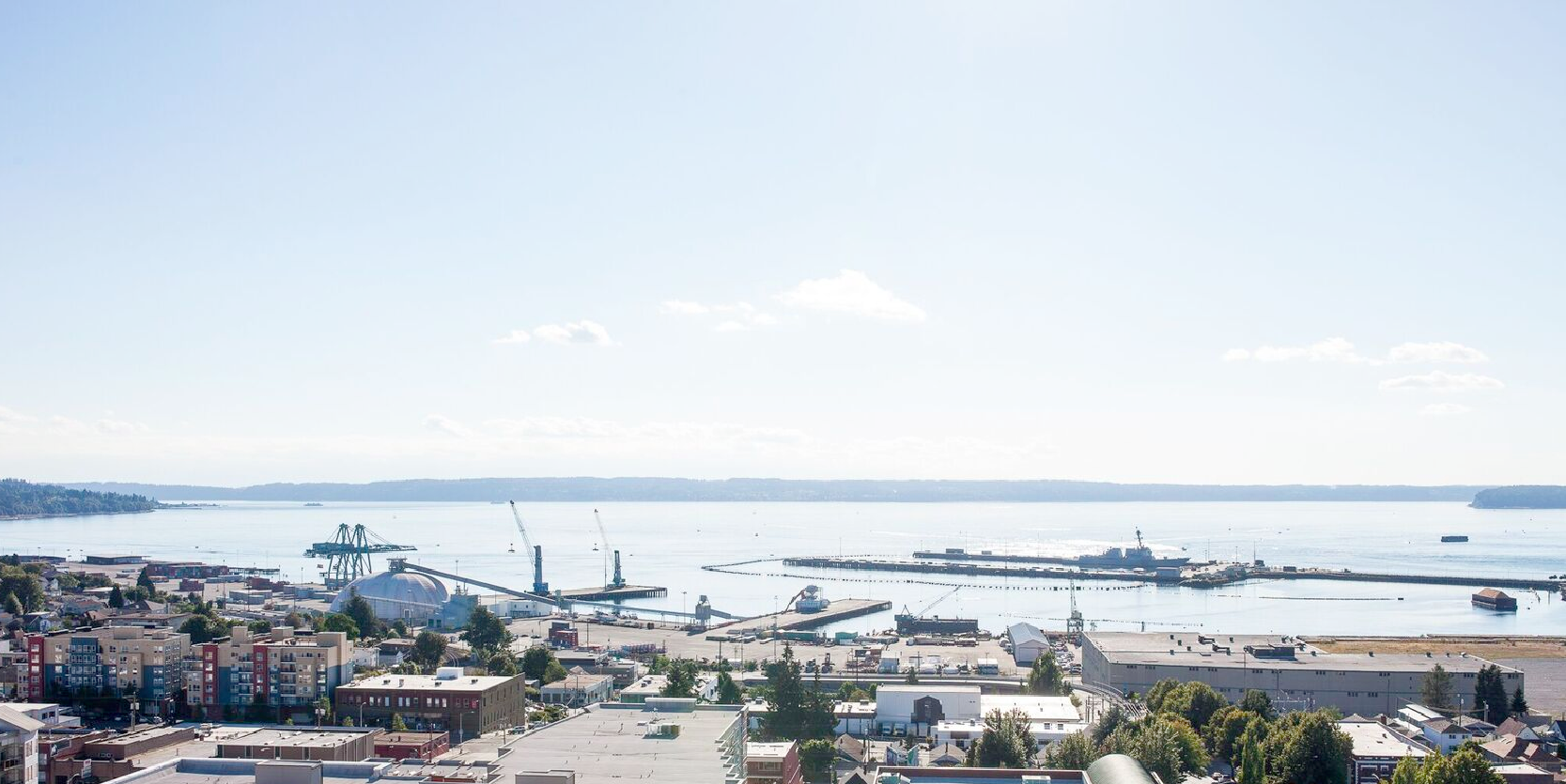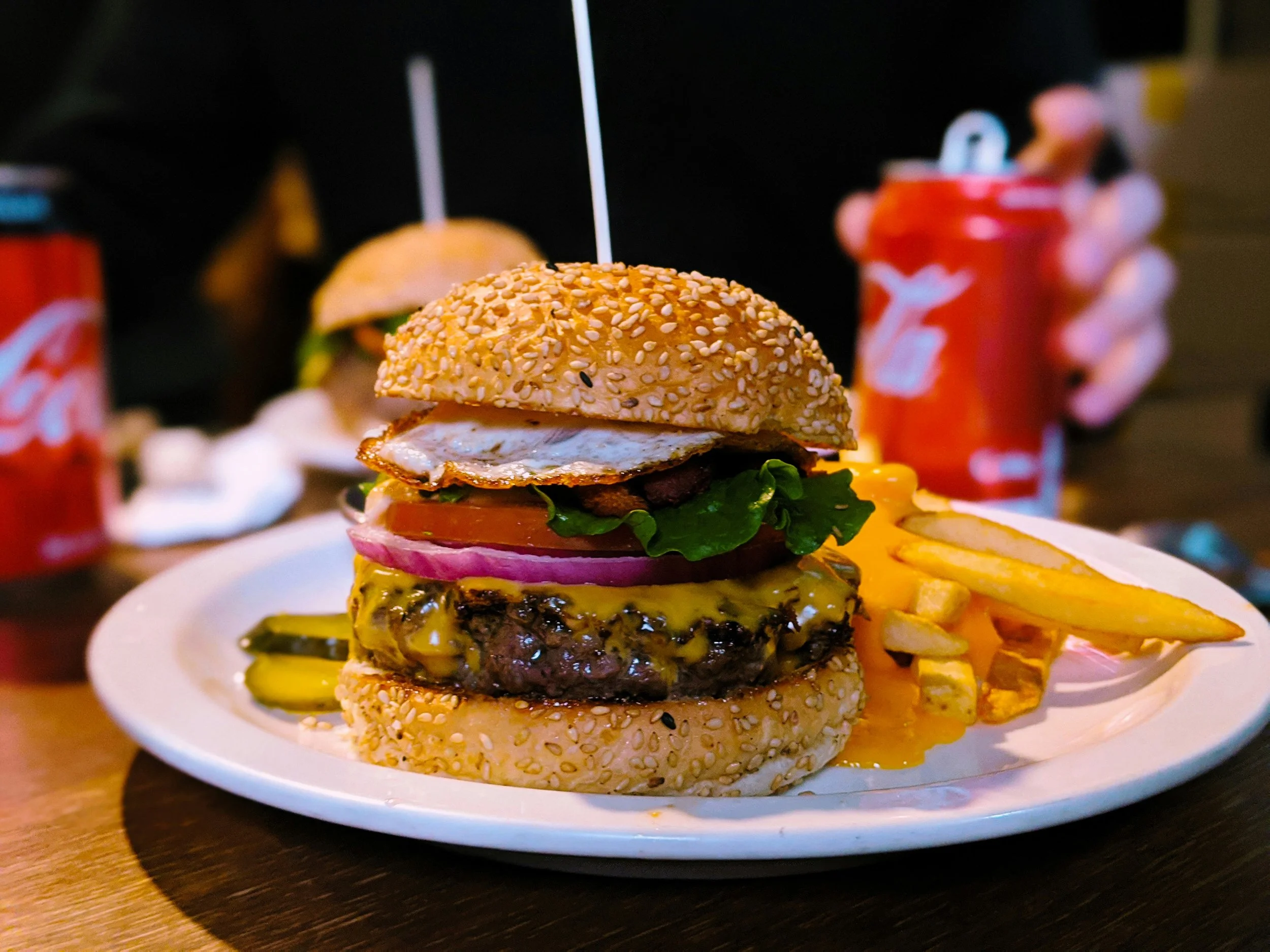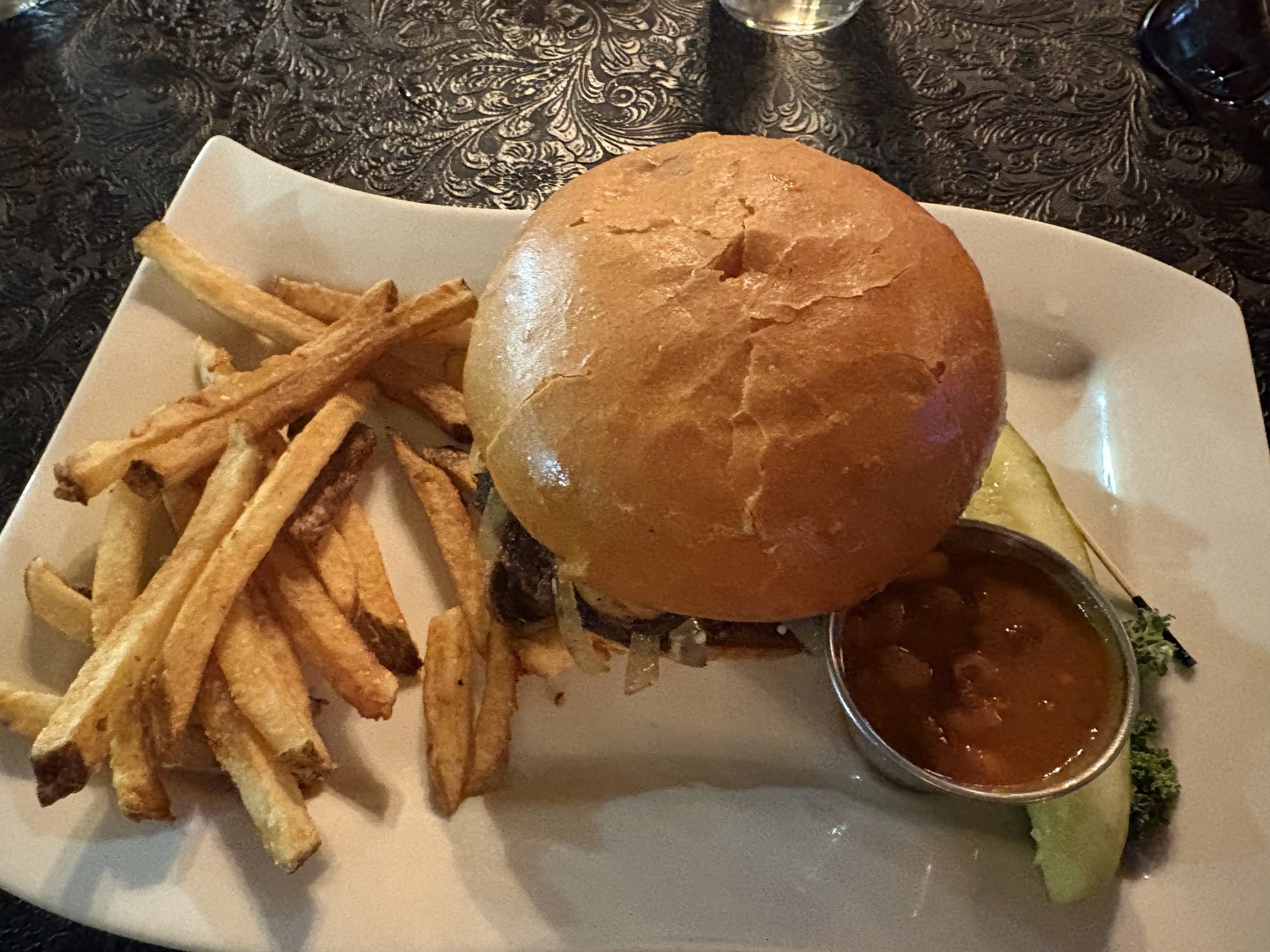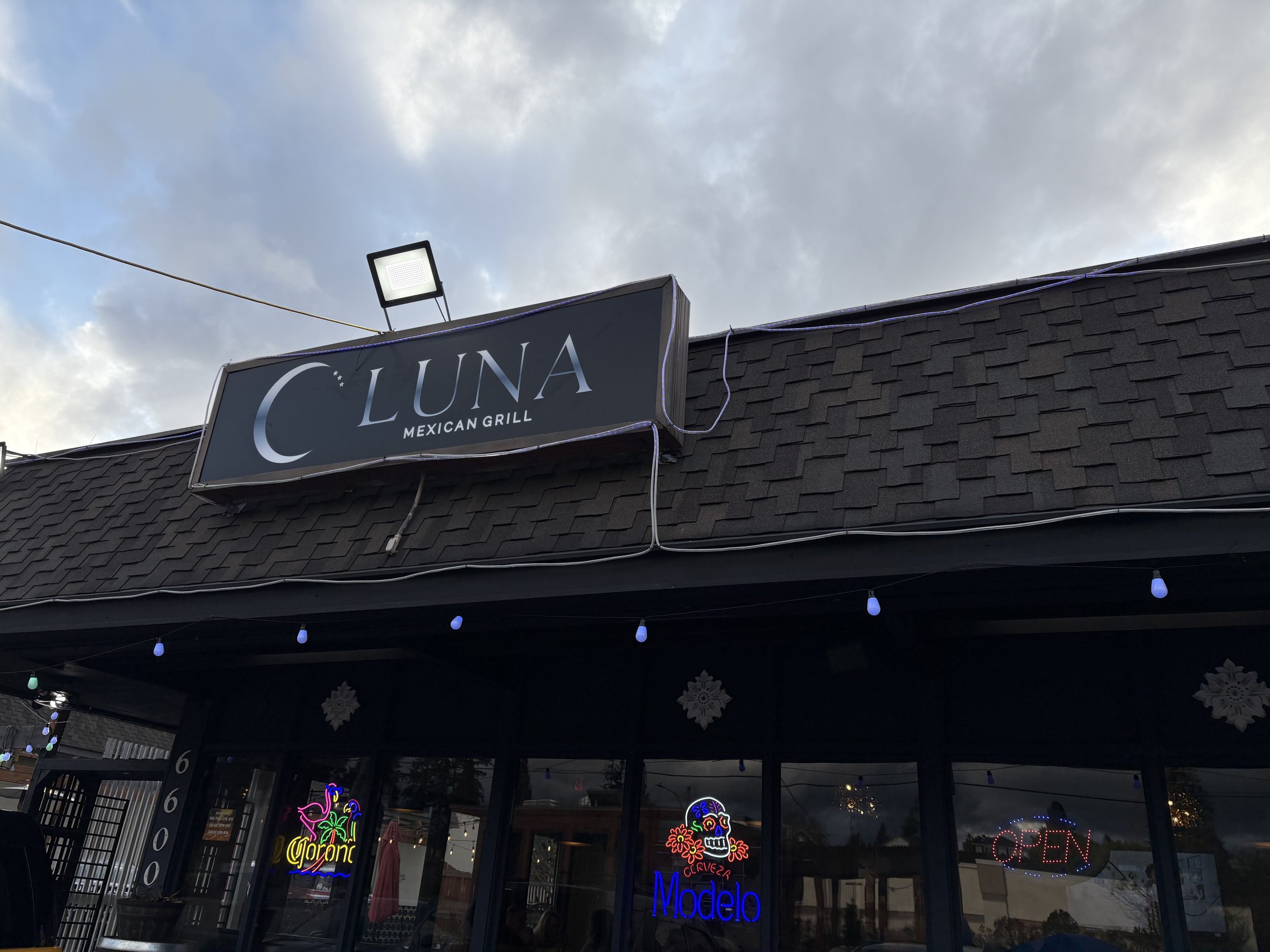Everett Climate Action Plan: What You Need to Know
Header image courtesy of City of Everett.
Remember September 5, 2019, when the sky opened up over north Everett and dropped a massive amount of rain and flooded everyone’s homes? Well that was a 500-year storm event called a “rain bomb.” There is a .2% chance that it will happen in any given year. Note the decimal before the 2.
Because of greenhouse gas emissions, we should expect more of these types of weather events, but Everett is not going to sit idly by. We have a new plan called Everett Climate Action Plan that will focus city and resident efforts on mitigation to reduce greenhouse gas emissions.

Microburst thunderstorm // Unsplash
Championed by Councilmember Paul Roberts, the plan was recommended by the Everett Planning Commission and adopted by the Everett City Council in January of this year. It should be noted that this is not Everett’s first effort at addressing climate change. The city’s efforts go back as far as 2006 and in 2018 with mitigation measures to increase hazard resilience such as addressing storm water. Projects include the Grand Avenue Park Bridge which will carry storm drainage off the north Everett bluff. Other efforts are detailed on page 23 of the Climate Action Plan.
The Everett Climate Action Plan is a large 50+ page document, but I’ll save you a little time and break down 3 key things you should know.
WE HAVE A ROBUST PLAN
The plan has 5 focal areas for mitigation of greenhouse gas emissions. It starts with organizing and educating government employees to support mitigation efforts. The next focal area involves transportation and creating a system that promotes biking, walking and transit; as well as reducing commute trips and transitioning to electric vehicles.
Electrification is another focal area for mitigation with a shift from natural gas to electricity and creating an electric vehicle charging station network.

Electric vehicle charging station // Unsplash
Integrated into the plan is the development of a green economy, which includes local, living-wage green jobs. You can think of it this way, more of us will work in the city, and get around biking, walking and riding the bus. Our jobs may focus on education and workforce training regarding mitigation efforts or figuring how to reduce emissions associated with construction. More details can be found starting on page 28 of the plan.

Will more of us ride the bus to work? // Unsplash
You may be aware of Everett’s Rethink Zoning efforts. The city has been reaching out to residents to learn about how they want the city to be developed. This is the first step of the last focal area involving planning for centralized centers with housing, jobs, services and amenities linked by public transit options. What if you could work within a short walk of where you live and then stop at a neighborhood restaurant on the way home? Downtown area neighbors have access to this type of lifestyle, but the plan would create more of these areas around the city.
WHY WE HAVE A PLAN
Everett is anticipating the effects of global greenhouse emissions on the community. We can expect to see changes to temperature, rain and snowfall, rising sea level and flooding frequency. And likely more 500-year weather events.
Impacts from climate change are alarming and include things like increased likelihood of heat stress and heat-related deaths, greater storm surge impacts from higher sea levels, and warming temperatures and increased precipitation leading to mosquitoes spreading disease. You can find more of the gory details starting on page 13.
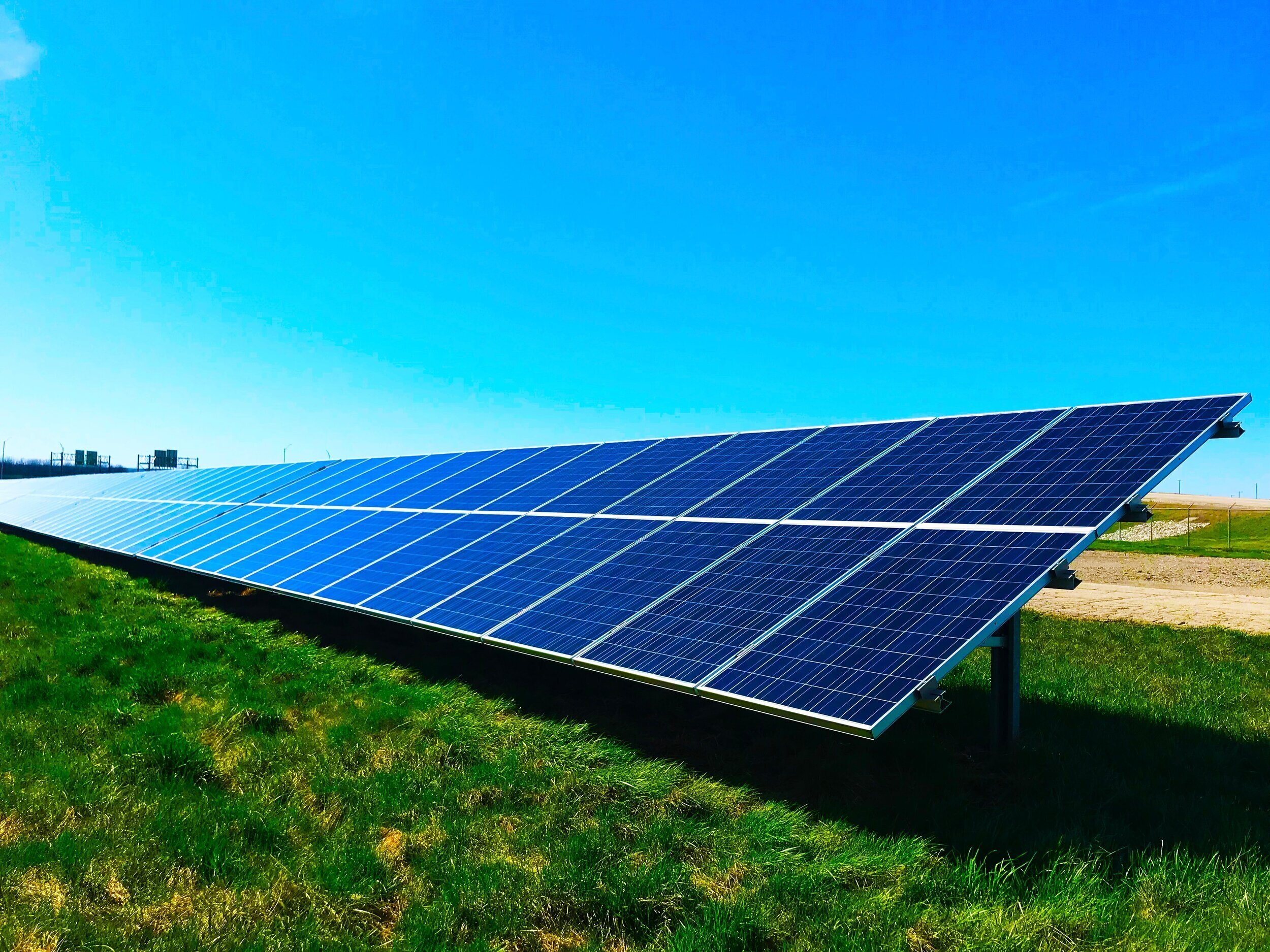
More solar panels // Unsplash
THINGS TO EXPECT
The city will continue to work on Rethink Zoning initiatives and you will have opportunities to provide input. We are going to be asked to do our part by doing things like using energy-savings appliances, replacing gas-powered yard equipment with electric alternatives, avoiding unnecessary food waste and volunteering for trash cleanups, tree plantings and outreach events. Notice that there is really nothing new in this list. These are all things most of us try to do, but we are going to need to work harder to reduce greenhouse gas emissions.
I’m hopeful that the shut-down associated with COVID-19 will give us a new lens on the possibilities. The air is cleaner, the noise quieter. Can more people telework on a regular basis? Can we make fewer trips in our cars? Will more of us learn to grow our own food to eat hyper-local?
What are you going to do to reduce greenhouse gas emissions? Let us know on our Facebook page.
Thank you to Councilmember Paul Roberts for taking time to answer my questions about the Everett Climate Action Plan.

Linda War Bonnet represents south Everett on the Live in Everett Team. When she isn’t working, she is running the Westmont-Holly Neighborhood Association. You might spot her walking her dog in the Holly neighborhood.



